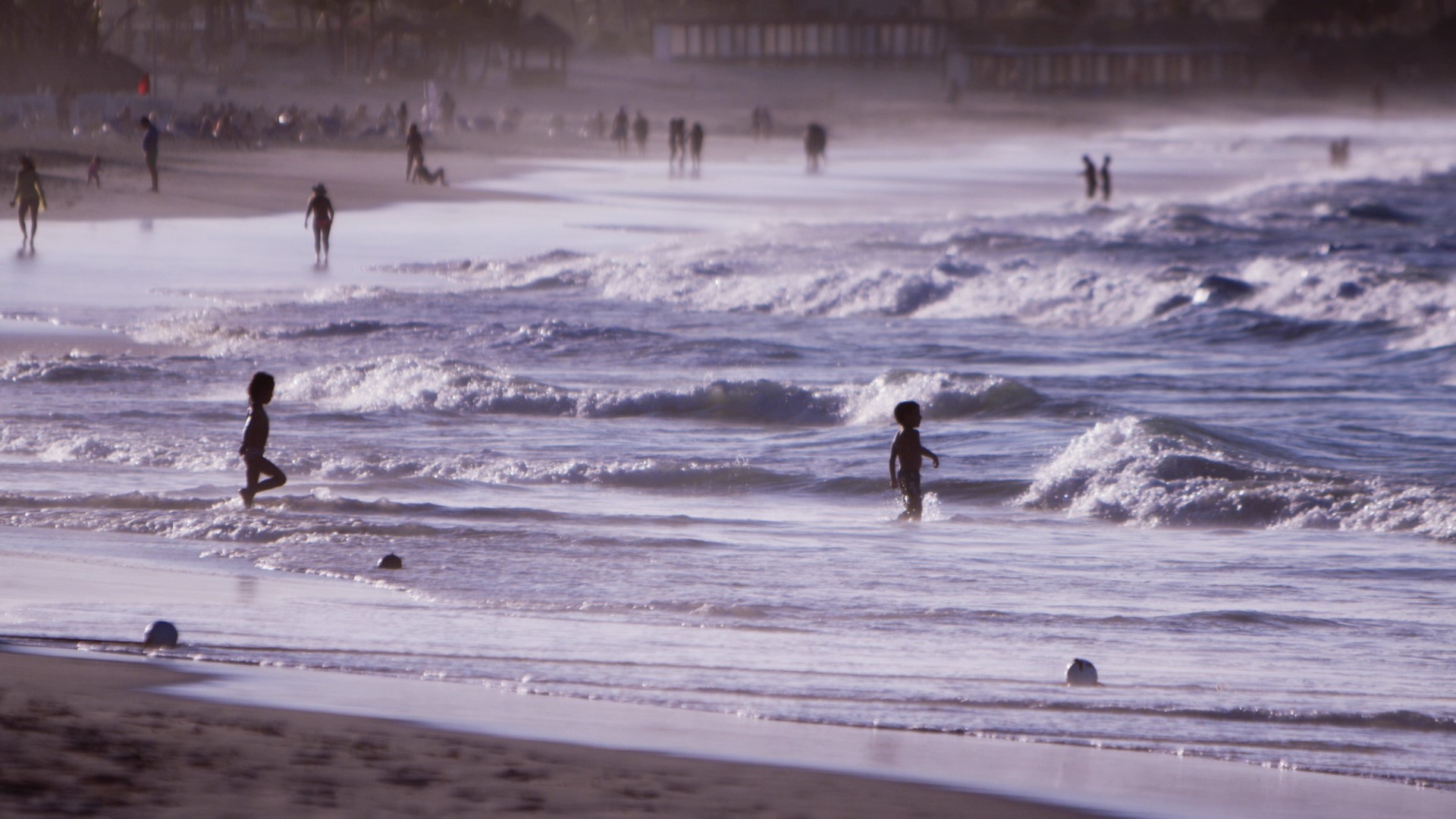HUNTSVILLE, Ala. — Waterborne diseases are those in which the consumption of or exposure to water and/or water systems lead to illness. Common waterborne diseases include but are not limited to, giardiasis, cryptosporidiosis, vibriosis, shigellosis, and legionellosis. Gastrointestinal, respiratory, and wound infections are typical signs and symptoms of these diseases. These diseases implicate compromised water sanitation and safety that have the potential to affect a large number of people.
"I think we're talking about the summer and we're talking about prevention of diseases that might be more likely to occur in situations where people are in recreational activities, we really want to talk about pool creeks, lakes, streams, all the way that we might potentially contract diseases that really are somewhat preventable by modifying our activities," Dr. Karen Landers, Chief Medical Officer at the Alabama Department of Public Health shares.
Symptoms of Waterborne Illness
The incubation period (the time between exposure to the pathogen and onset of symptoms) may begin within hours after being exposed or may begin days later. Common symptoms of waterborne illness are:
- Diarrhea
- Vomiting
- Nausea
- Stomach cramps
- Fever
- Skin, ear, or eye problems
- Cough and or shortness of breath
Open Wounds and Water:
Many harmful micro-organisms are found in lakes, rivers, along the coast, and in other bodies of water. Some bacteria may lead to destructive soft-tissue infections and other illnesses.
"Open wounds can be contaminated by the Vibrio bacteria so, it can lead to quite a severe skin infection called necrotizing fasciitis," Dr. Landers shares. "Vibrio is going to be in brackish or in salty water. It's standing tap water so we're not going to reduce the Vibrio because they're going to be there."
In brackish and warm sea water, Vibrio bacteria occur naturally. These bacteria can cause disease in people who eat contaminated seafood and in those with open wounds that are exposed to seawater. While there are numerous infections every year, a small number of people develop serious or sometimes fatal infections.
If a person has open wounds, cuts, abrasions and sores, stay out of the water. Persons with low immune systems, cancer, diabetes, liver disease, and other chronic conditions should avoid eating raw or undercooked seafood, especially oysters.
Vibrio bacteria can enter the body through a break in the skin or by consuming contaminated seafood. If a person gets a cut while in the water, immediately wash the wound with soap and fresh water. If the wound shows any signs of infection (redness, pain or swelling) or if the cut is deep, get medical attention immediately.
Vibrio illness symptoms may include diarrhea, vomiting, abdominal pain, chills, fever, shock, skin lesions and wound infections. In someone with a compromised immune system, the bacteria can infect the bloodstream and may result in death. With Vibrio skin infections, surgery may be necessary. For all cases of Vibrio, it is important to begin treatment immediately because early medical care and antibiotics improve survival.
Other preventive measures:
The best way to prevent recreational water illnesses (RWI) is to keep germs out of the water:
- Don’t swallow pool, lake, pond or river water.
- Practice good hygiene. Shower with soap before and after swimming.
- Avoid swimming, diving or other activities in obviously stagnant freshwater bodies when temperatures are high and water levels are low.
- Hold your nose or wear nose plugs when underwater or when diving or swimming in hot, shallow freshwater bodies.

